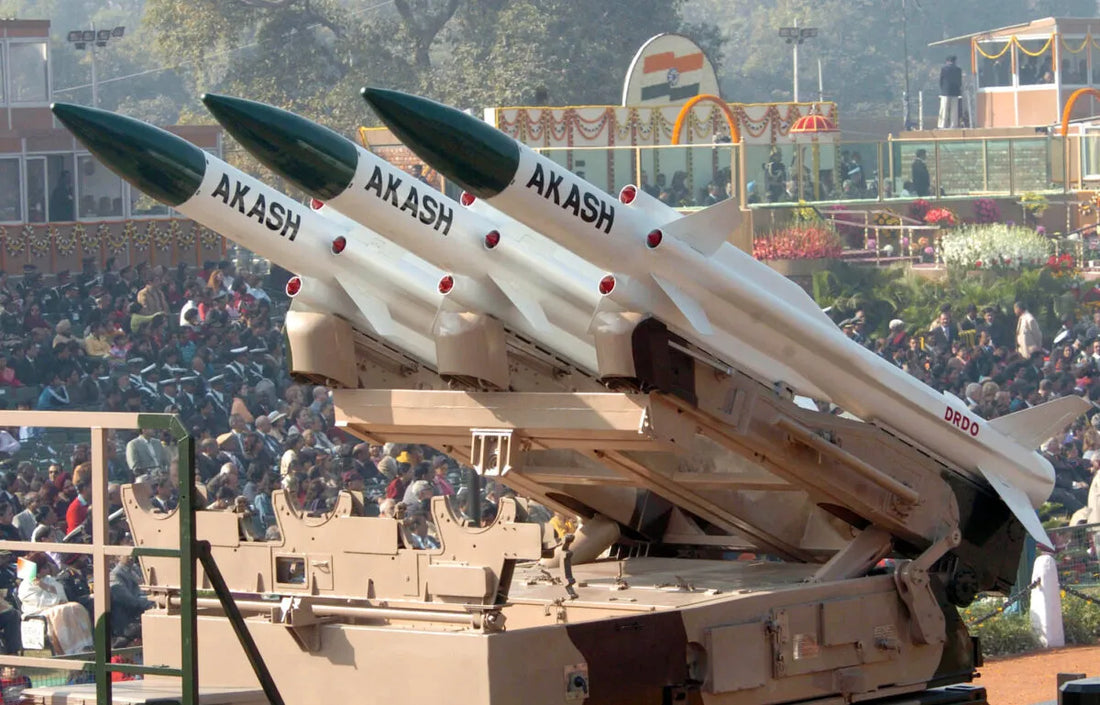Indian Army Conducts Successful High-Altitude Test of Akash Prime Missile System in Ladakh

The Indian Army has successfully tested the Akash Prime surface-to-air missile system in the Ladakh sector, marking a significant step in enhancing the country’s indigenous defense capabilities. Conducted at an altitude exceeding 15,000 feet, the trial was carried out by the Army Air Defence Corps in collaboration with the Defence Research and Development Organisation (DRDO), demonstrating the missile system's precision and operational readiness in high-altitude conditions.
Defence officials reported that the Akash Prime missile achieved two direct hits on fast-moving aerial targets despite challenging weather and terrain, underscoring its effectiveness in the rarefied atmospheric conditions of the Himalayan region.
An advanced version of the original Akash missile, Akash Prime incorporates an improved seeker that enhances its ability to track and engage enemy aircraft and drones. Designed to function in extreme weather and high-altitude environments, the system is vital for India’s air defense in sensitive border areas.
Officials highlighted that Akash Prime was previously utilized during Operation Sindoor in May 2025. It played a critical role in countering threats from Chinese-origin jets and Turkish-made unmanned aerial vehicles operated by Pakistan, affirming its strategic importance to India's military forces.
The recent successful test in Ladakh is anticipated to expedite Akash Prime's full induction into frontline units of the Indian Army, bolstering India's layered air defense network. This achievement aligns with the government's Atmanirbhar Bharat initiative, which aims to promote self-reliance in defense production.
Experts assert that deploying Akash Prime in high-altitude areas such as Ladakh significantly boosts India's ability to defend against aerial threats in volatile zones, particularly along the Line of Actual Control (LAC) with China and the Line of Control (LoC) with Pakistan.



















